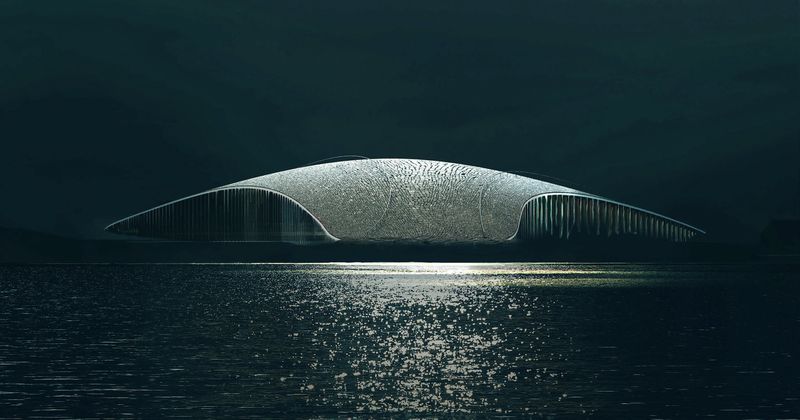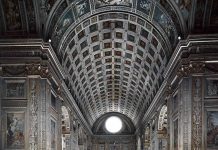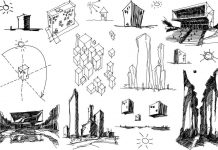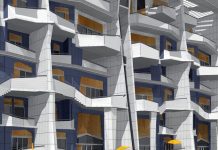The more real construction turns into a process of creating a rigid technogenic environment, more and more reminiscent of some kind of realized dystopia or one of Sheckley’s fantasies, the more architects, artists and thinkers are looking for and will look for a way out in alternative creativity. In some ways, the works of the French artist Escher are very close to this, who in his architectural fantasies solves philosophical questions of understanding the existence of man, his world, his space and movement.
The relativity of progress, imperfection and conventionality of a person’s perception of his place in the world turn each of the drawings into a small treatise on a chosen topic. Of course, Escher’s work is rather outside the architectural profession, but it cannot be said that his drawings do not affect the thinking process of the one who perceives them. In this sense, Escher continues (or closes?) the series that consists of Leonardo’s drawings, Piranesi’s and Gonzago’s fantasies, Claude Ledoux’s innovation projects, Malevich’s “architects”, Tatlin’s layouts, Rodchenko’s montages and much more that can be called a creative search in its purest form. This is on the one hand.
On the other hand, after a period of certain distortions in the principles of professional activity, after a crisis, there is always a desire to return to the unshakable foundations of the profession, compare them with the realities of modernity, modernize if necessary – and use it further. After all, the main postulates of the profession are the experience of all generations of masters, accumulated, systematized and transmitted to us. Architecture has gone through many periods during its existence – styles, concepts, materials and constructions have changed. The heyday was interspersed with severe periods of crisis and decline. It is easy to think and reason about this, considering the process in historical retrospect.
It is much harder when you are immersed in the difficulties and intricacies of the current moment. This is the case today. Some people like modern architecture, some don’t. It is ok. In any case, it should be remembered that architecture has always been and will always be, too, as long as human civilization exists. At every historical moment, it is adequate to the degree of development of society, it sensitively captures and reflects all the nuances of its development. Now it is difficult to talk about the characteristic features of the architecture of tomorrow, because in reality they have not yet manifested themselves. What is certain is that the architecture of the new round of human development will be different from what it is today. It will be created by new generations of architects, correcting the mistakes of the past, relying on the combined experience of all previous generations.
It is important to preserve the core of the profession, the way of thinking of an architect, the method of creating a project, and then a real structure – a building, a city. Having come, as it seemed at first, to help the architect, computer-aided design now seeks to replace the entire process of creating a project. This is a false path. Not everyone understands this, but the project is not created in a computer, just as it has never been created on a piece of paper, birch bark or papyrus. We can say that the project is created in the architect’s head and only then transferred to a piece of paper, but this is not entirely accurate. A certain general idea is born in the architect’s head, the project gets real features in the process of drawing sketches, and the thought pushes the hand, and the hand pushes the thought. This is an amazing creative act that is difficult to explain logically. Everything here is based on flair, experience, intuition. On the sheet, directly in the process of drawing, both the thought, and the image, and the entire structure of the future structure are formed.
Architecture is born on the tip of a pencil. Remove the initial sketches from the design process – then what will remain of architecture as the greatest of the arts? It will turn into a purely technical, engineering process, devoid of an artistic beginning, will simply cease to be art. This has already happened in history – during these periods architecture gave way to utilitarian construction, completely devoid of artistic beginnings. Let’s hope that the final victory of construction over architecture will never happen, and our descendants will live in a harmonious world, invented, drawn and built by the students of those who are just trying to pick up a sharpened pencil today.




















